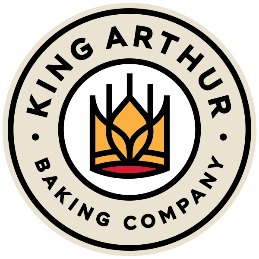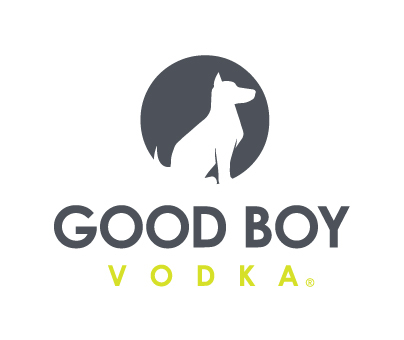New In Retail: Can Dom’s Kitchen & Market Outfox Foxtrot?
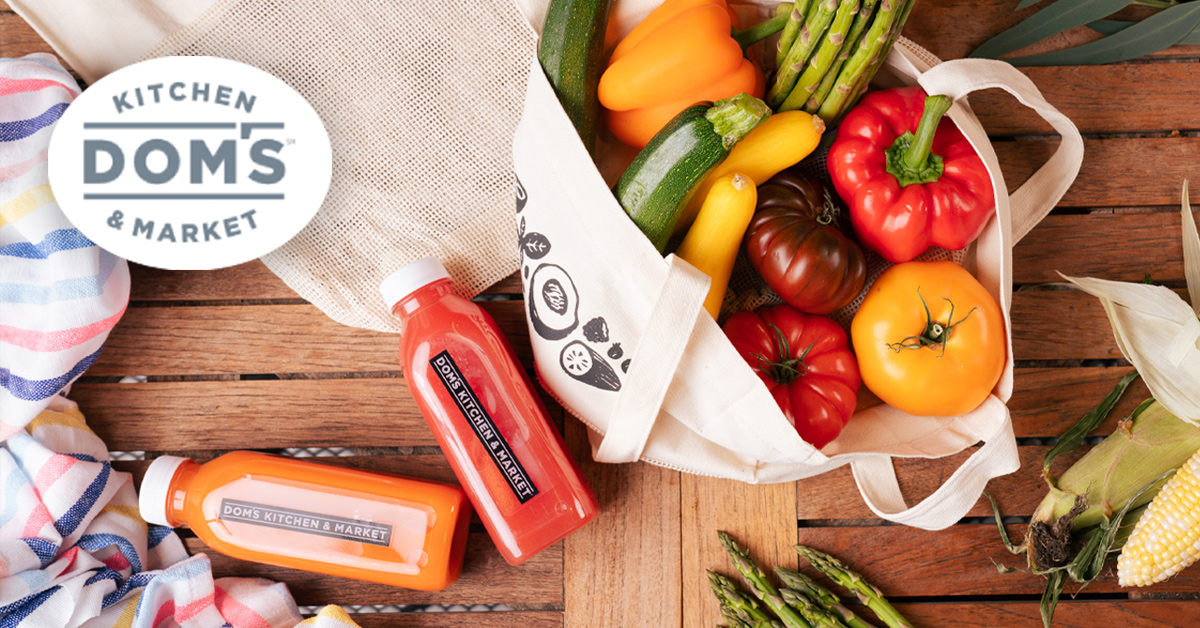
Competition is stiff these days in the natural grocery channel, with Whole Foods and Sprouts Farmers Market locations popping up all over the map and the continued encroachment of home-delivery from online platforms like Amazon, Misfits Market and Thrive Market, as well as glamor hybrids like Erewhon and Foxtrot. Yet longtime industry executive Bob Mariano – who formerly led the Roundy’s and smaller Mariano’s chains, among other high-profile Midwest grocery stores – sees opportunity in the future of natural food stores and, in the last two years, launched a new Chicago-based grocery concept: Dom’s Kitchen and Market.
The team behind Dom’s envisions an omnichannel natural food store with a smaller footprint, offering fewer products than other stores but that is built around experiential shopping that utilizes technology and a connection to the community to build a consumer base.
“Making people happy is at the heart and soul of Dom’s,” Mariano said at the second store’s ribbon cutting ceremony. “Don’t get me wrong. We love to make a buck. But more importantly, we’d love to make you leave here and tell your friends about your experience at Dom’s. It’s what matters most. It’s what sets us apart.”
Dom’s first store opened in 2021 in the Lincoln Park neighborhood, with a second, larger store opening just one year later just one neighborhood south in Old Town. The aim is bigger: the Dom’s team is eyeing a rapid expansion of around 15 stores by the end of 2024.
Mariano established his name in the grocery business as the CEO of Milwaukee supermarket chain Roundy’s, which included the Chicago-based Mariano’s chain. In 2015, Kroger acquired Roundy’s for about $800 million (including the retailer’s debt) with the 34 Mariano’s store locations in the Chicagoland area being the prize of the acquisition.
Mariano is sharing responsibilities as CEO and chairman with a former senior executive at Roundy’s and Mariano’s, Don Fitzgerald, along with Jay Owen, co-founder of Dom Capital Group, which funded the grocery concept along with venture firms Valor Siren Ventures, Cleveland Avenue, Belied, and Alumni Ventures.
To date, Dom’s Kitchen and Market has raised about $50 million.
“Our view is that the grocery industry is being massively disrupted right now,” Owen told NOSH. “We believe that the conventional grocery store as we know it will not look the same in 10 years.”
The Future of Grocery: Smaller Is Better
The solution that Dom’s is proposing is smaller than a traditional supermarket. The company has found that the “sweet spot” is somewhere around 20,000 to 25,000 square feet (the first location is 17,800 sq. ft. and the second location is 27,000 sq. ft.).
The idea is that consumers today have split their shopping basket, Owen said. The first basket is the “utility” products that tend to be household staples like paper towels, bottled water or personal care products. These items are more and more being bought online through ecommerce platforms like Amazon or mainstream retailers like Target and Walmart online, Owen said.
“The other basket is really more about the meal,” Owen said. “It’s that part of the shopping experience that people want to be inspired. They want to be able to pick out their own produce [or] proteins. They want an element of creativity and they also haven’t made the decision of whether or not they actually want to cook or they want somebody to cook for them.”
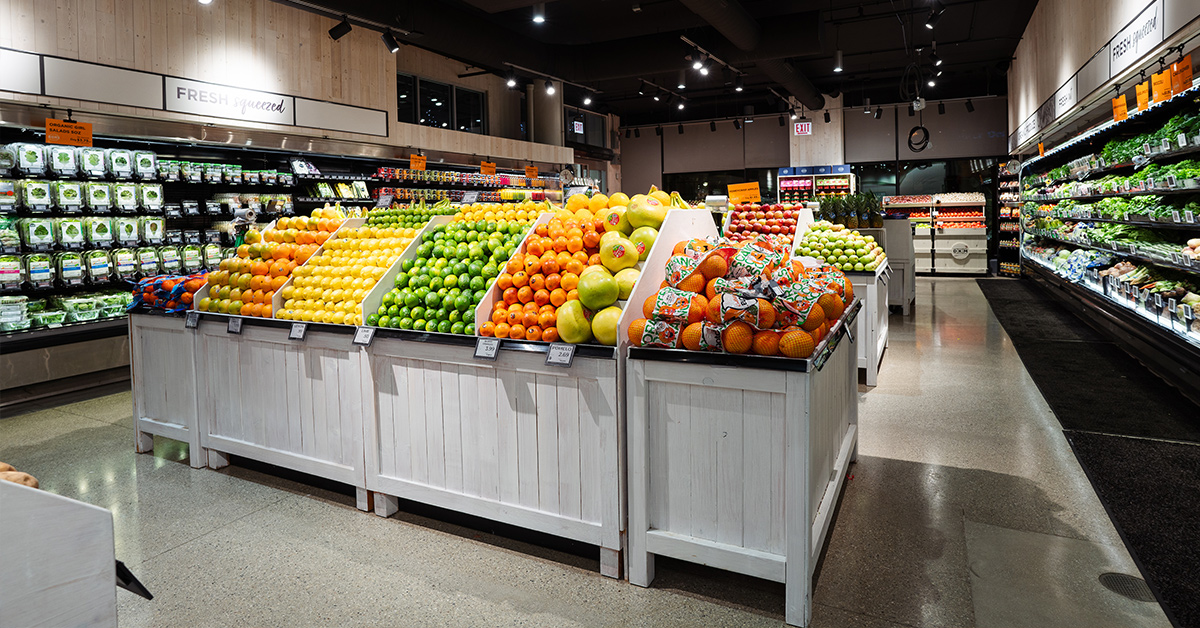
This is where Dom’s wants to live, as a smaller concept with around 12,000 SKUs (as opposed to the 40,000 to 60,000 in traditional supermarkets), that appeals to consumers who want to be inspired and – oftentimes – fed.
In an interview with Chicago local news station WGN9 in February 2022, Mariano described the layout of Dom’s to be more akin to a European market as opposed to a conventional American supermarket. There are stations for prepared foods, cheeses, produce and other grocery items as opposed to endless rows of shelves filled with products.
“We want to have adventurous customers,” Mariano said. “People have a much broader perspective…[they] have seen food from all over and they want to be able to get it in their neighborhood.”
As the “kitchen” descriptor of Dom’s name suggests, the stores offer a multitude of prepared food options that go beyond a hot table and salad bar. Along with a full-service coffee shop, there are multiple stations where consumers can get made-to-order food options like poke bowls, salads, sandwiches, pizzas and burgers, among many other options. All of which can be pre-ordered on Dom’s website or via its app and either picked up to-go or there is seating for dining in.
About 1/3 of in-store revenue is coming from prepared foods, significantly higher than a typical grocery store, Owen said.
It is not uncommon to find customers “sitting there having their full lunch and they have a bag full of their groceries,” said Ashley Alden, an independent CPG consultant and former merchandising executive at Foxtrot Market. “They really have that and down.”
The Erewhon Experience In The Midwest
The concept is similar to Erewhon in its approach to innovation and making the process of shopping experiential, Alden said “People are just constantly looking for ways to – for lack of a better word – entertain themselves. I think the reason these newer age or smaller format grocery stores are working is because it’s an experience in discovery.”
Curation of merchandising is key to experiential shopping. Dom’s stocks shelves with hard-to-find products that aim to be first to market in the Chicago area as well as a very conscious approach to bringing local, smaller brands from the Midwest into the store.
“Local is a very big piece of what we do and it’s been a priority since we began,” said Kelsey Collins, senior category manager at Dom’s. “What we’ve heard from shoppers is that they like spending a lot of time in the store and they like it even more when they can get everything they’re looking for.”
One question that the Dom’s team asked itself early on in its inception was: what if a grocery store could teach? The answer is not only demos and product sampling opportunities but also ticketed events like wine tasting lessons or cooking classes. These types of experiences resonate with a younger generation of millennial and Gen-Z shoppers.
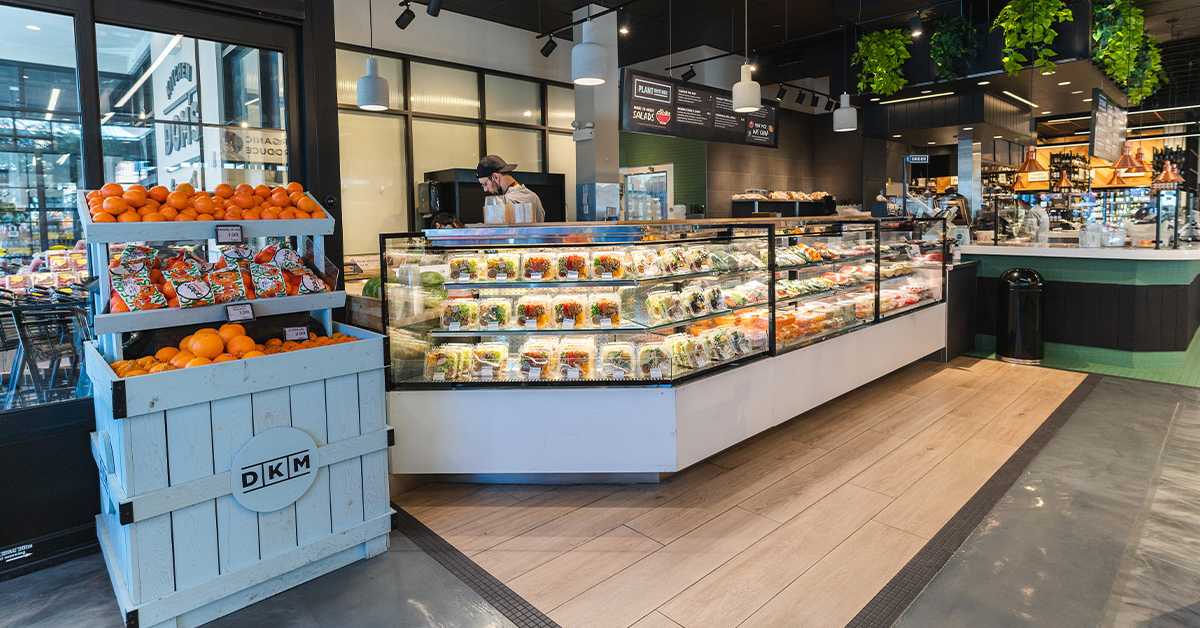
This younger demographic of shoppers who tend to skew more heavily in metropolitan areas are the target consumers for Dom’s. These types of shoppers also tend to expect an omnichannel model where items can be shopped for online and picked up in store. Dom’s tech-enabled approach allows for this while also planning to offer in-store scannable QR codes that give customers information about where different produce is grown and how products are sourced.
The app intends to seamlessly integrate the research and education provided with online shopping with the in-store experience, Owen said. “We seek to meet our customers where they are in-store, online and on-the-go.”
This model is how the brand hopes to expand rapidly in the Chicago area with an eye towards other major metropolitan cities. By comparison, Foxtrot has 15 locations in Chicago but has also successfully brought its upscale convenience channel model to other cities like Austin, Dallas and the Washington D.C. area.
The comparison is catching. When asked if the team was planning to expand to secondary markets outside of Chicago, Owen said, “absolutely.”
“We’re a Chicago business, but we definitely built this with the intent of scaling out of Chicago,” he added. “We don’t view ourselves as a luxury good. We view this as something for a broader audience and that can work in a lot of different neighborhoods around the country.”








